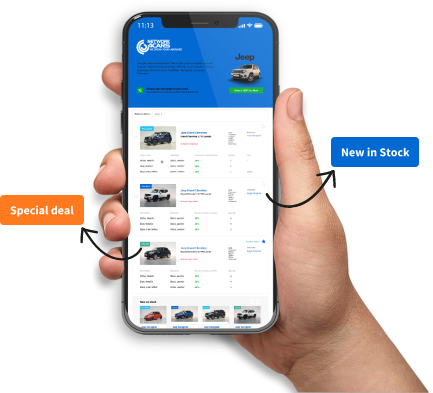From NEDC to WLTP: higher emissions, are we paying more?

No, nowadays the cars aren’t even more environment unfriendly. Still they have a higher CO2 emission on paper since September 2017. How is that possible? The European Union has adjusted the way of testing the CO2 emission. In the past, emission standards were measured on the basis of the NEDC test cycles. The introduction of the successor WLTP means stricter measurement and higher measure- and emission standards. We all have to work with that. However, there is good news as well. A special matrix makes a transition regulation by temporary compensating higher emissions.
Pay attention for indexation!
Why is compensating important? In Europe, car prices are highly associated with CO2 emission. In many countries, exhaust gasses growth equals more taxes for original car prices. The customer will pay for the change, literally and metaphorically. More expensive cars means less demand. That’s why it’s of economic interest an indexation will be made. We are happy to inform you: it’s there!
Temporary transition regulation
How does that work? It’s easy: a matrix shows the NEDC and WLTP results on your COC. If in your country the CO2 emissions is associated with taxes or other duties, the lower (NEDC) standard will be leading for the car price as long as the regulation applies.
In many European countries the transition regulation will end per 1st of July 2020 and in other countries it is extended until 31st of December 2020. When the terms are expired, only the WLTP standard will define the CO2 emission and the taxes and car prices. Make sure you keep that in mind. Off course, we will keep an eye on the developments. Want to know more? Get in touch with us or inform about the regulations at your local authorities.
Comment nous fonctionnons
Découvrez notre procédure de commande étape par étape.Susceptible de vous intéresser
Ne passez pas à côté des nouveautés!
Abonnez-vous à nos alertes hebdomadaires pour rester informé des NOUVEAUX VÉHICULES, des OFFRES SPÉCIALES



.png)





